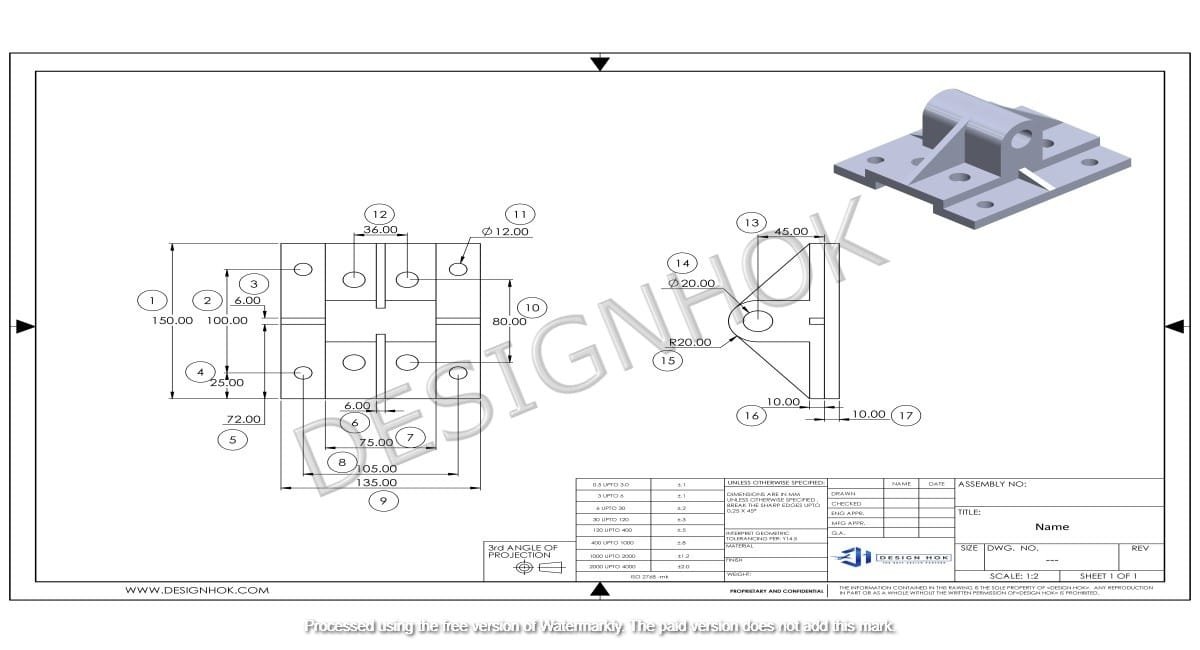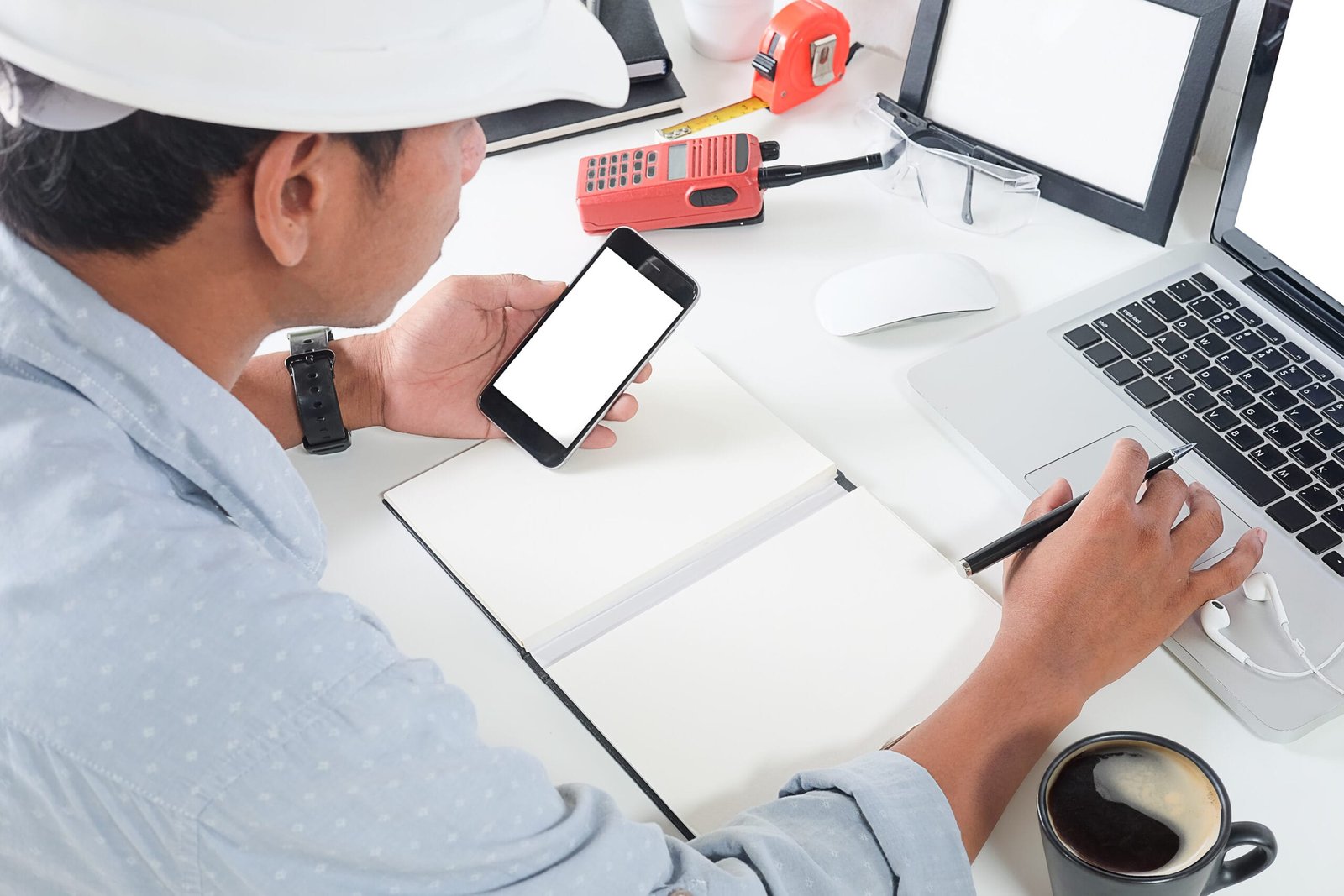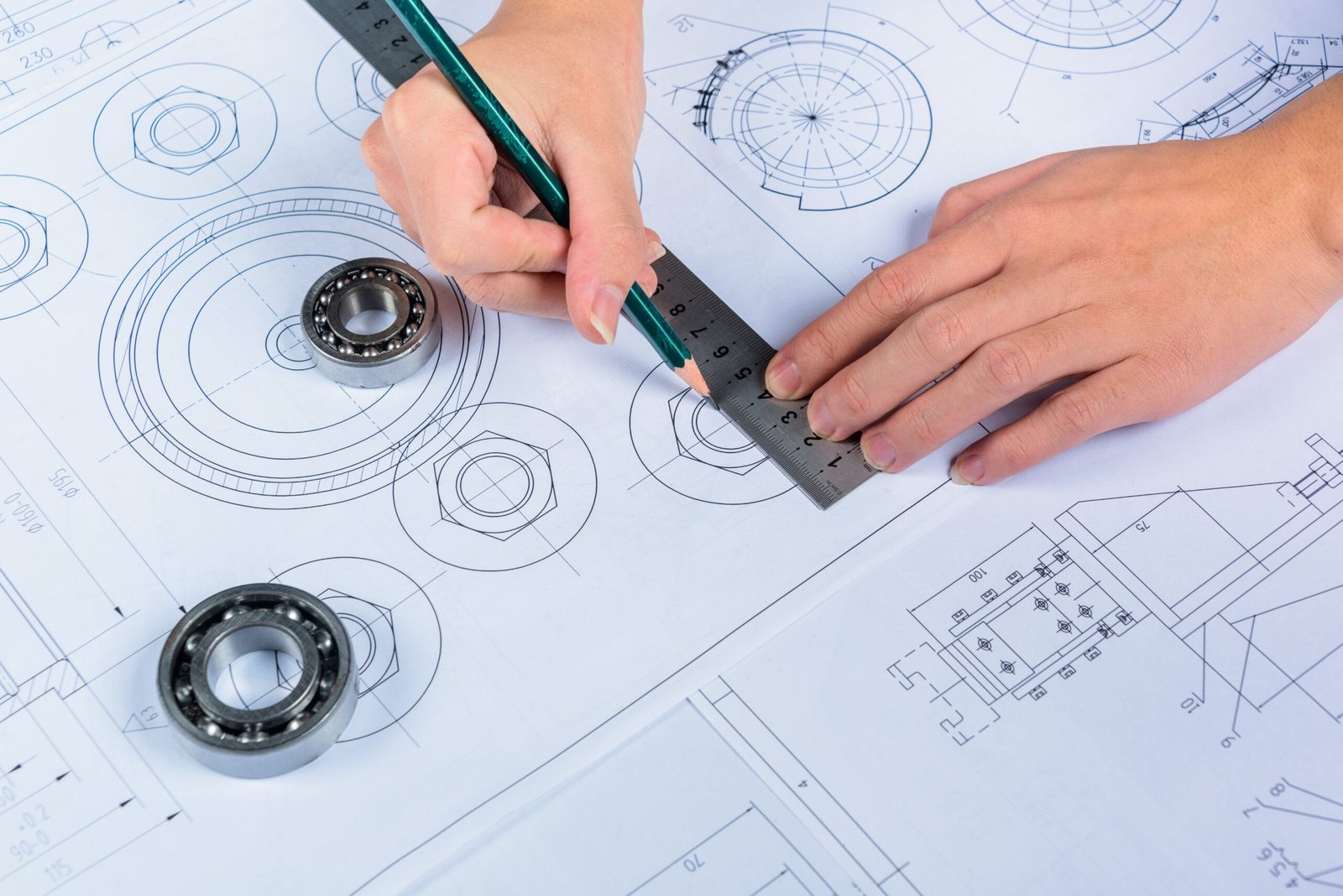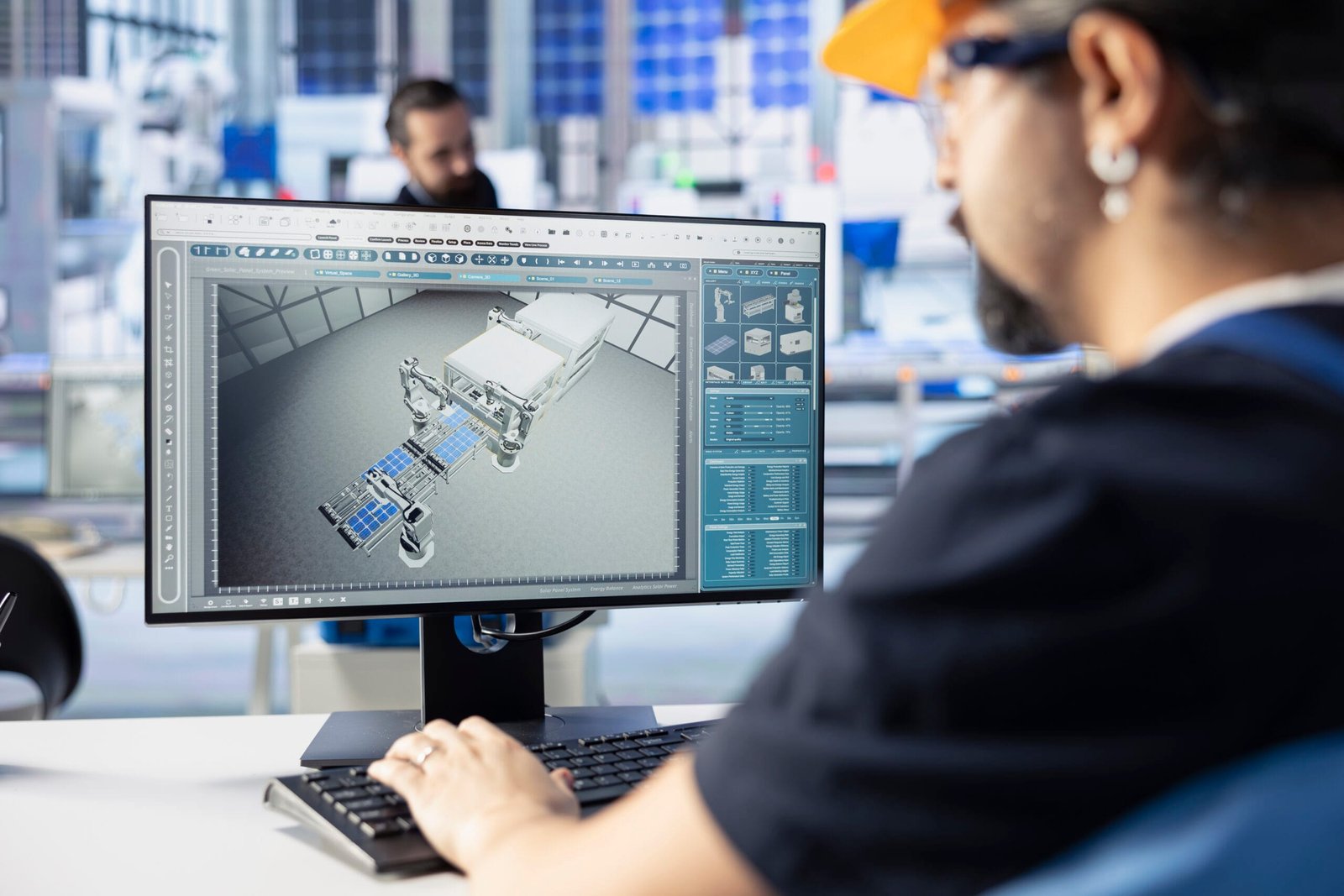Understanding 3D Modeling and Design for Design HOK. Learn how this innovative technology is transforming various industries by bringing concepts to life with precision, creativity, and realism.
Introduction:
The Evolution of 3D Modeling and Design for Design HOK
In the ever-evolving world of design, Understanding 3D Modeling and Design for Design HOK has become a fundamental tool, pushing the boundaries of creativity and functionality. Whether in architecture, engineering, or product development, 3D modeling and design have revolutionized the way we visualize and create. For a firm like Design HOK, which specializes in architectural design and planning, Understanding 3D Modeling and Design for Design HOK plays a crucial role in turning ideas into tangible realities. But what exactly is 3D modeling and design, and how does it benefit a company like Design HOK? This blog will explore the essential aspects of 3D modeling, its applications, and how it integrates into the design process at Design HOK.
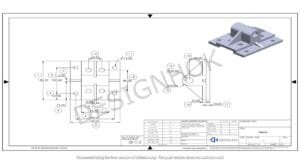
What is Understanding 3D Modeling and Design for Design HOK?
3D modeling is the process of creating a three-dimensional representation of an object, scene, or structure using specialized software. Unlike traditional 2D drawings, 3D models offer a more realistic and comprehensive view of the design, allowing for better visualization and analysis. These models are composed of various elements such as vertices, edges, and faces, which together form the geometry of the object.
The process of 3D modeling can be highly detailed and complex, involving techniques like polygonal modeling, NURBS (Non-Uniform Rational B-Splines) modeling, and sculpting. Each method serves different purposes, from creating precise mechanical parts to sculpting organic forms like characters or landscapes. The result is a digital prototype that can be manipulated, tested, and refined before any physical construction or manufacturing takes place.
The Role of 3D Design in Architecture and Engineering
In architecture and engineering, 3D Modeling and Design for Design HOK are indispensable. For a firm like Design HOK, which works on large-scale projects such as commercial buildings, urban planning, and public spaces, 3D modeling allows for detailed visualization and simulation of the final product. Architects and engineers can explore different design options, test structural integrity, and even simulate environmental factors like sunlight and wind.
One of the key advantages of Understanding 3D Modeling and Design for Design HOK in architecture is the ability to create accurate and realistic visualizations. Clients can see a virtual representation of the project before any construction begins, allowing for better decision-making and fewer surprises during the building process. This level of detail also helps in identifying potential issues early on, saving time and resources in the long run.
Understanding 3D Modeling and Design for Design HOK
At Design HOK, the process of 3D Modeling and Design for Design HOK begins with the conceptual phase, where architects and designers collaborate to outline the vision for the project. This is followed by the creation of basic models to explore different design possibilities. These initial models are often simple and focus on the overall form and layout rather than fine details.
As the design progresses, more detailed models are created, incorporating precise measurements, materials, and textures. This phase may also involve creating multiple versions of the model to test different design elements, such as facade options, interior layouts, and landscaping. Advanced techniques like parametric modeling may be used to ensure that the design can be easily adjusted or scaled as needed.
Once the design is finalized, the Understanding 3D Modeling and Design for Design HOK serves as the blueprint for construction. It provides detailed information on every aspect of the project, from structural components to interior finishes. This digital model can be used to generate construction documents, guide the building process, and even assist in post-construction management and maintenance.
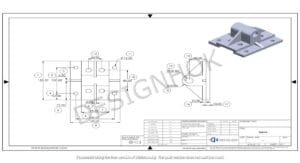
The Benefits of Understanding 3D Modeling and Design for Design HOK
The integration of 3D modeling into the design process offers numerous benefits for Design HOK:
1. Enhanced Visualization and Communication
One of the most significant advantages of 3D modeling and design for Design HOK is the ability to create highly realistic visualizations. These models allow architects, engineers, and clients to see the project from every angle, making it easier to communicate ideas and make informed decisions. Whether it’s a simple floor plan or a complex urban landscape, 3D models provide a clear and detailed representation that 2D drawings simply cannot match.
2. Improved Design Accuracy and Precision
Understanding 3D Modeling and Design for Design HOK allows for greater accuracy and precision in the design process. Every detail, from structural components to intricate interior designs, can be meticulously crafted and tested in the digital environment. This level of detail reduces the risk of errors and ensures that the final product meets all specifications and standards.
3. Cost and Time Efficiency
By identifying potential issues early in the design process, Understanding 3D Modeling and Design for Design HOK helps avoid costly mistakes during construction. The ability to test different design options digitally also speeds up the decision-making process, leading to faster project completion. Additionally, 3D models can be easily updated and modified, saving time compared to traditional design methods.
4. Integration with Building Information Modeling (BIM)
For large-scale projects, Understanding 3D Modeling and Design for Design HOK is often integrated with Building Information Modeling (BIM). BIM is a comprehensive process that involves creating a digital representation of the physical and functional characteristics of a building. At Design HOK, this integration allows for seamless collaboration between architects, engineers, contractors, and other stakeholders, ensuring that everyone is working from the same set of data.
5. Sustainability and Environmental Considerations
Understanding 3D Modeling and Design for Design HOK also plays a crucial role in sustainable design. By simulating environmental factors like sunlight, wind, and temperature, architects can optimize the design for energy efficiency and comfort. This not only reduces the environmental impact of the project but also creates healthier and more sustainable spaces for occupants.
The Future of 3D Modeling and Design at Design HOK
As technology continues to advance, the role of Understanding 3D Modeling and Design for Design HOK in design will only grow. Emerging technologies like virtual reality (VR) and augmented reality (AR) are already being integrated into the design process, allowing for immersive experiences where clients can walk through their projects before they are built. At Design HOK, these technologies are being explored to enhance client engagement and improve design outcomes.
Moreover, the rise of artificial intelligence (AI) and machine learning is set to revolutionize Understanding 3D Modeling and Design for Design HOK. AI can automate certain aspects of the modeling process, such as generating design options based on specific criteria or optimizing models for performance. This will allow designers to focus more on creativity and innovation, pushing the boundaries of what is possible in architectural design.
Conclusion:
Embracing the Power of 3D Modeling and Design for Design HOK
Understanding 3D Modeling and Design for Design HOK have become essential tools for firms like Design HOK, enabling them to create innovative, accurate, and visually stunning projects. The ability to visualize, test, and refine designs in a digital environment offers numerous benefits, from improved communication and precision to cost savings and sustainability. As technology continues to evolve, the possibilities for 3D modeling in design are limitless, promising an exciting future for architects, engineers, and designers alike.
FAQs
1. What is 3D modeling?
3D modeling is the process of creating a three-dimensional digital representation of an object, scene, or structure using specialized software. It is used in various fields, including architecture, engineering, and product design.
2. How does 3D modeling benefit architectural design?
3D modeling enhances architectural design by providing detailed visualizations, improving design accuracy, and allowing for early detection of potential issues. It also facilitates better communication with clients and other stakeholders.
3. What is the role of 3D modeling in sustainability?
3D modeling allows architects to simulate environmental factors like sunlight and wind, helping them optimize designs for energy efficiency and sustainability. This leads to buildings that are more environmentally friendly and cost-effective.
4. What software is commonly used for 3D modeling?
Popular 3D modeling software includes Autodesk Maya, Blender, AutoCAD, and SolidWorks. The choice of software depends on the specific needs of the project and the industry.
5. How is 3D modeling integrated with Building Information Modeling (BIM)?
3D modeling is often integrated with BIM to create a comprehensive digital representation of a building. This integration ensures that all stakeholders work from the same data, improving collaboration and project management.
6. What is the future of 3D modeling in design?
The future of 3D modeling includes the integration of virtual reality (VR), augmented reality (AR), and artificial intelligence (AI). These technologies will enhance client engagement, automate certain design tasks, and push the boundaries of creativity and innovation.
7. Can 3D models be modified after they are created?
Yes, 3D models can be easily updated and modified throughout the design process. This flexibility allows designers to make changes as needed, ensuring that the final product meets all requirements and expectations.

